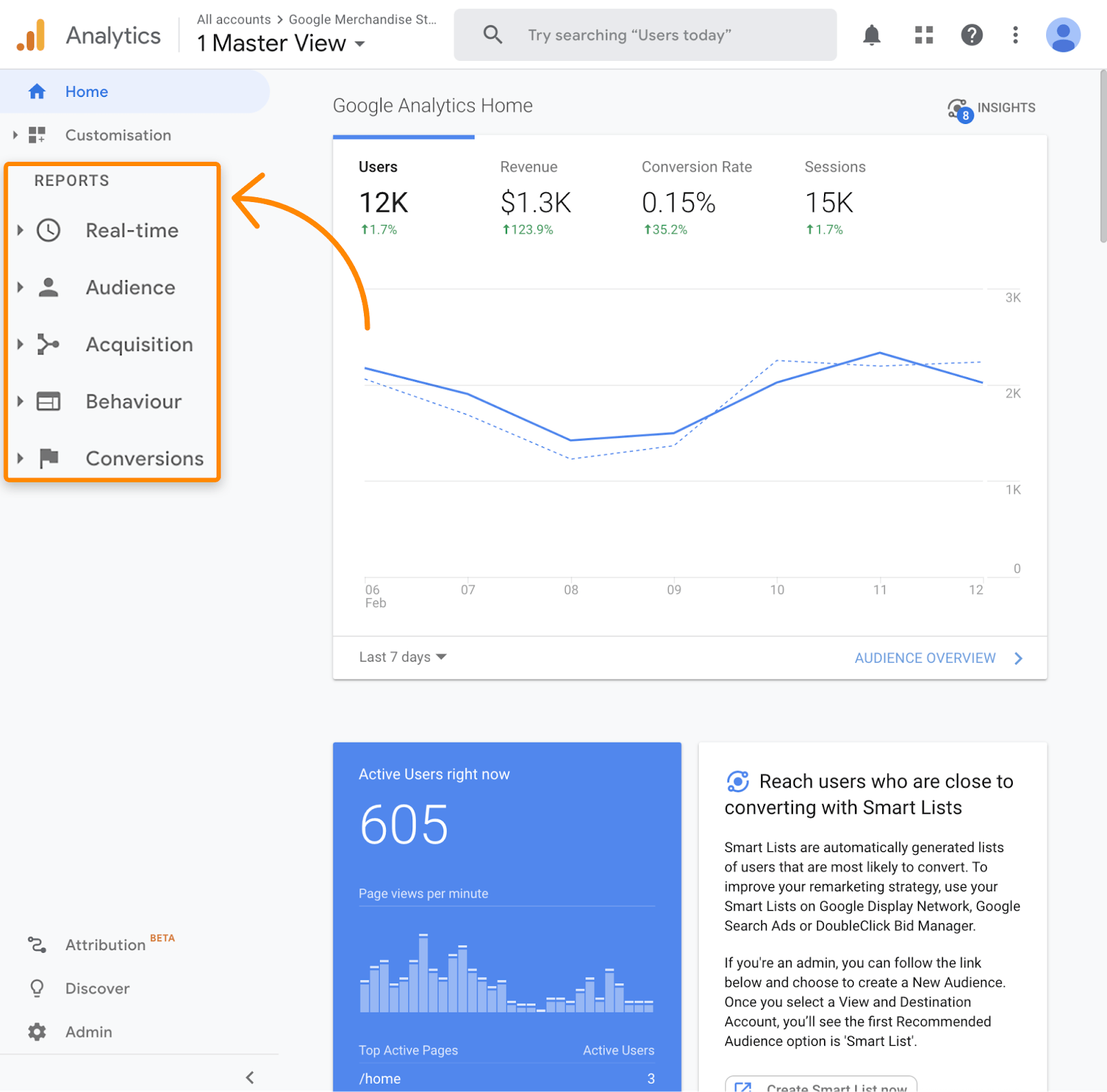Revealing the Effect of Second Measurement in Google Analytics on Data Evaluation and Insights
In the realm of data analytics, the usage of second dimensions within Google Analytics has actually emerged as a pivotal device for removing deeper understandings and unraveling complicated patterns that may or else stay covered. By peeling off back the layers of main information sets, second dimensions provide a nuanced perspective that improves the understanding of individual behavior, internet site performance, and the performance of advertising techniques. However, real influence and untapped possibility of additional dimensions are frequently taken too lightly, eclipsed by the allure of main metrics. As we browse via the complex landscape of information evaluation, the importance of second dimensions comes to be increasingly obvious, clarifying critical details that hold the secret to notified decision-making and critical optimizations.
Checking Out the Idea of Additional Dimensions
Additional measurements in Google Analytics offer added insights by enabling customers to assess primary information in combination with an additional characteristic. By including secondary measurements, customers can dig deeper into the information and reveal important correlations that may or else go unnoticed - what is a secondary dimension in google analytics.
By discovering the various secondary dimensions available in Google Analytics, users can unlock new insights and optimize their digital advertising initiatives. In significance, additional measurements serve as an effective device for improving data analysis and driving workable outcomes.
Enhancing Data Interpretation With Additional Dimensions
Having actually established the foundational understanding of secondary dimensions in Google Analytics and their critical role in information analysis, the focus now shifts in the direction of leveraging these additional features to improve the interpretation of analytics data (what is a secondary dimension in google analytics). By including additional dimensions right into data evaluation, analysts can gain deeper understandings into user actions, web site efficiency, and marketing performance

In addition, second dimensions assist in contextualizing main information metrics by supplying extra layers of details. This contextualization aids in recognizing the 'why' behind the data trends, assisting experts make informed decisions and optimizations to boost general performance. Eventually, incorporating additional measurements improves the information analysis procedure, causing more calculated activities and significant insights.
Uncovering Hidden Insights Via Second Dimensions
Exploring the midsts of analytics data with secondary measurements discloses valuable insights that would otherwise remain covered. By including second dimensions in Google Analytics, businesses can discover concealed patterns, patterns, and connections that give an even more comprehensive understanding of customer behavior and internet site performance. These additional layers of check that information permit experts to dive much deeper right into the main measurements, such as traffic sources or landing web pages, and acquire a much more nuanced viewpoint on just how various variables interact with each other.
Through the usage of second dimensions, experts can sector and contrast data throughout numerous measurements, allowing them to recognize specific factors that affect user involvement, conversion rates, and general success metrics. As an example, by matching the key dimension of 'gadget group' with the secondary dimension of 'age,' marketing experts can pinpoint which age demographics prefer accessing the web site with mobile phones versus desktop computers. This level of granularity equips organizations to make data-driven choices and optimize their methods for much better outcomes. Ultimately, revealing surprise understandings via additional dimensions enhances the deepness and accuracy of information evaluation, resulting in even more informed decision-making and boosted efficiency results.
Leveraging Additional Measurements for Actionable Analytics
Building upon the understandings introduced through additional measurements in Google Analytics, organizations can now harness this enriched information landscape to drive workable analytics and tactical decision-making. By leveraging secondary dimensions, organizations can dig much deeper right into their data to draw out important patterns, patterns, and relationships that might have previously gone undetected. This deeper level of analysis allows businesses to acquire a more thorough understanding of customer actions, campaign efficiency, and overall internet site effectiveness.
One key advantage of making use of second dimensions for actionable analytics is the capability to sector information based upon particular requirements. This segmentation enables companies to customize their campaigns and approaches to different target market teams, leading to much more targeted and reliable advertising initiatives - what is a secondary dimension in google analytics. Additionally, secondary dimensions supply an even more all natural sight of user interactions, allowing businesses to optimize their site material, style, and overall customer experience
Maximizing Decision-Making With Secondary Dimensions
To enhance tactical decision-making in analytics, leveraging second measurements in Google Analytics can give an extra nuanced viewpoint on user habits and campaign performance. By integrating additional measurements into data evaluation, businesses can delve much deeper right into the specifics of their internet site site visitors' communications and involvement patterns. This added layer of info enables an extra thorough understanding of just how various variables, such as demographics, devices, or traffic sources, influence crucial efficiency indications.

Verdict
To investigate this site conclude, making use of additional measurements in Google Analytics plays an essential duty in improving information analysis and uncovering concealed insights. By discovering this concept, one can gain a much deeper understanding of user actions and make informed choices based on actionable analytics. Leveraging additional measurements enables an extra extensive analysis of data and maximizes the efficiency of decision-making procedures.
